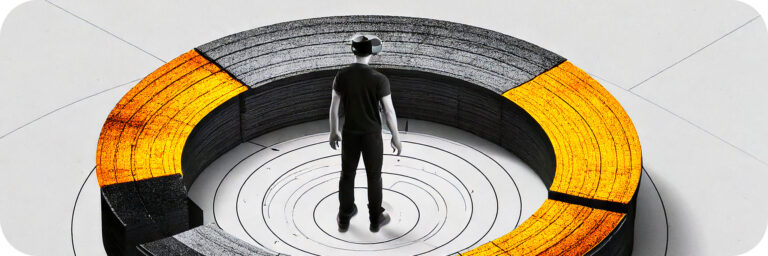Transparent React Native iFrames/WebViews
When creating an iFrame in React Native, it’ll be transparent by default if you compile for the web, but it might not be for iOS or Android. For these platforms, you need to add extra styling properties.
The setup
In the below sample code, I’ve created an example React function component that accepts a uri as a prop and then creates a WebView. The WebView will become an iFrame during build, and the View will become the relevant container type for the platform you’re building for (e.g. A div on Web).
When compiled for Web, since we haven’t applied any styling to say otherwise, both the container view (div) and the iFrame will have transparent backgrounds and will therefore show whatever is behind them.
export default function MyComponent(props: {uri: string}) {
// ...
return (
<View>
<WebView
source = {{ uri: uri }}
/>
</View>
)
}Note
If transparency doesn’t even work when building for the web, be sure to check two things:
- The styles loading within the iFrame… make sure the background isn’t being set there.
- The styles in any Views or containers that this component sits within.
The problem
The problem, however, is that even though this code will produce transparency in a browser, it won’t produce transparency on iOS or Android when built directly for them.
Note
When I build my React Native apps, I often deploy them to Vercel as PWAs while I’m working. However, it’s easy to forget that PWAs you’ve saved on your phone’s home screen aren’t natively compiled apps. They’re browser-rendered, so you won’t notice the issue in these.
The solution
If you’ve noticed this issue, the answer is to add some extra styling to your WebView component like below.
Any parent Views will be transparent by default, but if you still encounter issues, check it’s not coming from them. Check for any places where you may have accidentally set a background colour (Either in this component or wherever it’s used).
export default function MyComponent(props: {uri: string}) {
// ...
return (
<View>
<WebView
source = {{ uri: uri }}
javaScriptEnabled = {true}
style = {styles.webView}
/>
</View>
)
}
const styles = StyleSheet.create({
webView: {
backgroundColor: 'transparent',
},
});That’s it!
Thanks…
I also dissect and speculate on design and development.
Digging into subtle details and implications, and exploring broad perspectives and potential paradigm shifts.
Check out my conceptual articles on Substack or find my latest below.
You can also find me on Threads, Bluesky, Mastodon, or xTwitter for more diverse posts about ongoing projects.








Leave a Reply